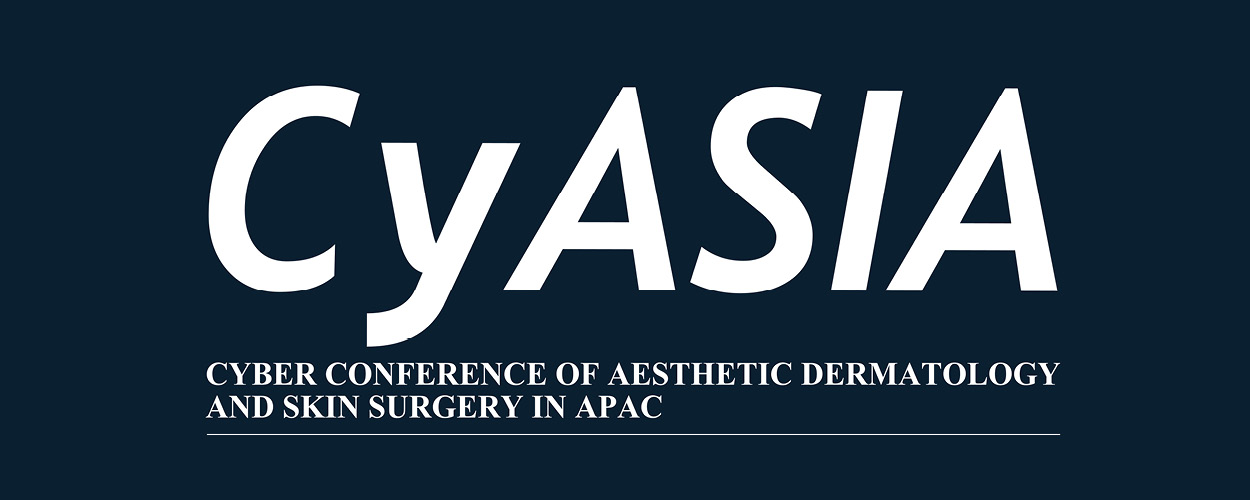GO BACK
IMCAS China 2025
IMCAS China 2025
Program
Combined treatment for skin quality (in collaboration with CyASIA)
Room: Room 2
Date: Sunday 13 July 2025 at 09:00 to 10:30
Format: FOCUS SESSION > lectures covering a major topic of the congress
Date: Sunday 13 July 2025 at 09:00 to 10:30
Format: FOCUS SESSION > lectures covering a major topic of the congress
Lectures of the session
| Hours | Speakers | Lecture title | Abstract | Number |
| 09:00 | Texas to Shanghai: Innovations in skincare, resurfacing, and energy-based treatments to maximize aesthetic results in higher Fitzpatrick skin types | 147458 | ||
| 09:15 | Maximizing skin quality with resurfacing, lasers, and cosmeceuticals: A discussion on combining treatments to Chinese patients | View | 147455 | |
| 09:30 | Optimizing facial rejuvenation outcomes by combining poly-L-lactic acid, hyaluronic acid | 147457 | ||
| 09:45 | Combining method RF microneedling & PLLA: How to achieve great results and avoid complications | 147459 | ||
| 10:00 | From disease to aesthetic recovery: Exosome-based combinations for skin health and quality (educational grant from EXOCOBIO INC.) | 147456 | ||
| 10:12 | Regarding non-invasive mono and bipolar RF for skin tightening | 150551 | ||
| 10:24 | Discussion and Q&A | 147461 | ||
















